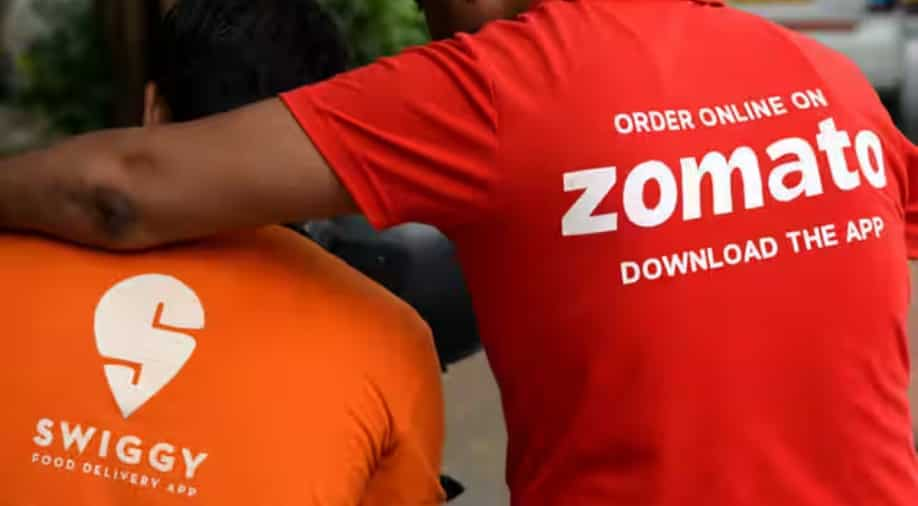As taxman tightens GST noose, Swiggy and Zomato need to learn the power of simplicity
Story highlights
Moral of the story for Smart Alec companies: Make up your mind on which part of the business value chain you are and don't try to be too clever by half in dealing with the taxman.
There is an old story about Mullah Nasruddin, the main character in the Muslim world's folktales full of humour and wisdom, that comes to mind as we hear about Zomato and Swiggy being chased by the taxman.
The two food delivery companies are said to owe the government unpaid goods and services tax (GST) that between them is estimated by authorities at Rs 750 crore. That's not too far from $100 million.
trending now
The Nasruddin tale, to cut the long story short, is about his wife making up an explanation to account for a good portion of three kilos of meat that get consumed by her visiting neighbours, leaving the Mullah just bits covered with rice.
To escape his admonition, she tells him the cat ate the meat. Nasruddin weighs the cat which also measures three kilos. “If I am weighing the cat, then where is the meat?” asks Nasruddin. “And if I am weighing the meat, then where is the cat?”
Moral of the story for Smart Alec companies: Make up your mind on which part of the business value chain you are and don't try to be too clever by half in dealing with the taxman. Time and again, it has been observed that tax authorities are known to plug loopholes even when they are legal. When it is an open-and-shut case, it gets trickier for companies.
Also watch | Gravitas: Swiggy and Zomato facing tax troubles
If Zomato and Swiggy are indeed delivery companies that charge delivery fees, they have to be seen as service companies that are bound to pay service tax on the charges. But the problem is that food is a complex business. Raw materials do not cost as much in making a cooked item as other incidental costs involved in packaging, managing restaurant premises and maintaining a labour force.
Being venture capital-funded companies usually means that the likes of Zomato and Swiggy cannot think of themselves as just glorified courier companies. So they get into partnerships and promotional work in complex business models that take their work into a fuzzy zone.
Trying to convert some of that fuzziness into profit-sharing opportunities while also being a delivery company puts them in the position of Mullah Nasruddin's wife Fatima. You cannot eat the meat and say the cat ate it without knowing how the balance works. As it turns out, tax authorities may be slow to understand it all, but when they come down on an industry, they do so pretty hard.
As a perceptive research paper said: "Swiggy’s revenue is based on three major streams- Advertising, Commission, and delivery fees whereas the three key pillars that drive Zomato’s revenue are Food Delivery, Dining Out, and Hyperpure (formerly sustainability)."
To some extent, food delivery companies that run websites that have content and logistical muscle can add the apples of commission revenues with the oranges of service fees. However, in a cut-throat business where competition is intense but profit margins are high, there is a roller-coaster approach to promotions, technology, and partnerships. Zomato's early honeymoon with big restaurants as a dine-in demand provider ran into hiccups when high-end restaurants found the platform not as palatable as their gourmet food.
Perhaps it is time for venture capitalists and entrepreneurs to realise that complicated business models can boomerang while simple business models may not be alluring to investors. You have to strike a balance somewhere.
How about realistic valuations? And how about realising that a software platform with a bunch of delivery staff is what you really are. Keeping it simple is not a bad idea, though that might take some sheen of the high-tech image.
(Disclaimer: The views of the writer do not represent the views of WION or ZMCL. Nor does WION or ZMCL endorse the views of the writer.)

















